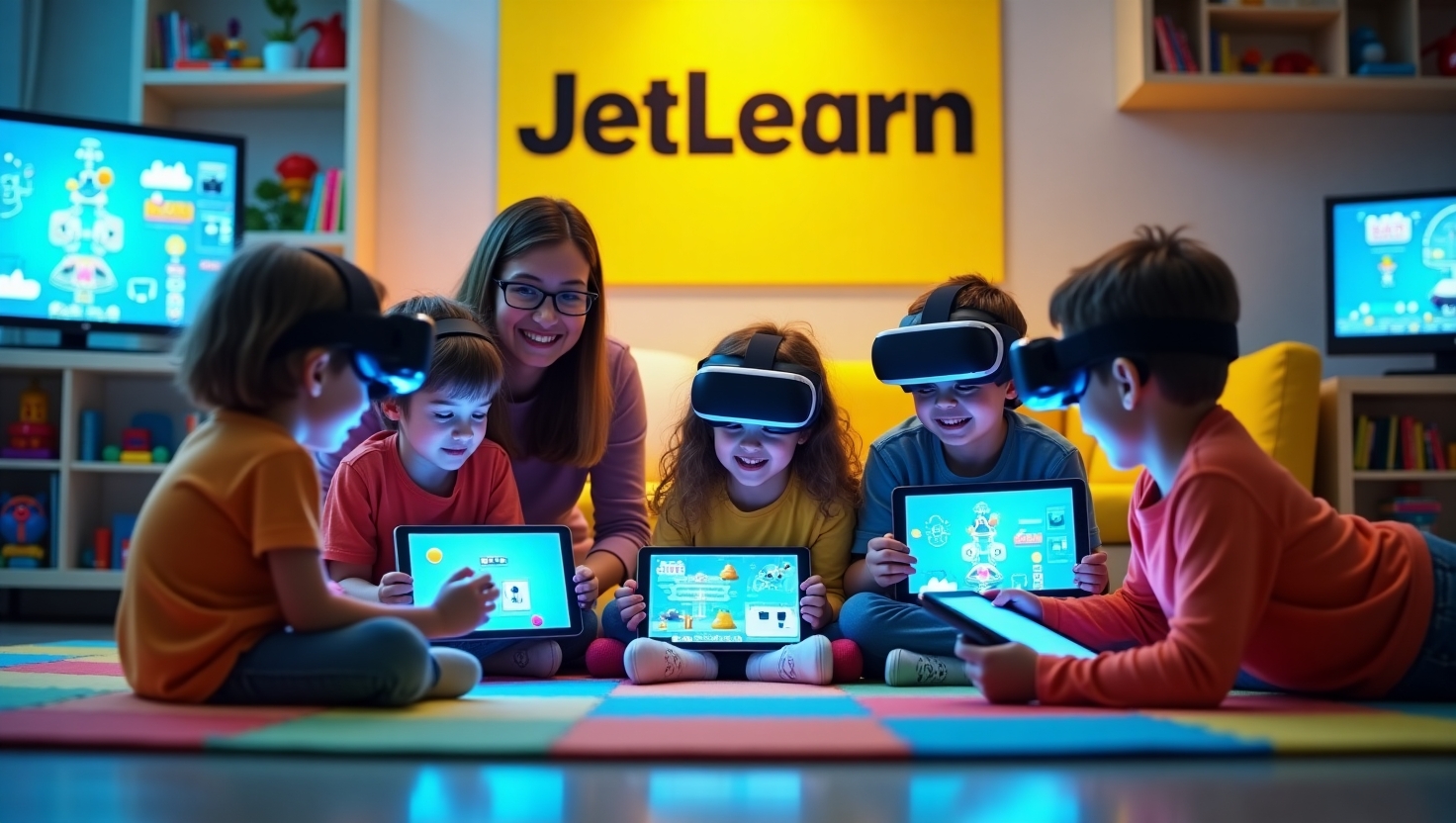In 2025, educational games will be critical to children’s learning. With the advent of digital technology in homes and classrooms, games are no longer just for pleasure. They are now effective tools for increasing creativity, problem-solving, and memory. Premium educational games are being welcomed by parents and teachers in Finland and worldwide as a means of helping children learn and develop.
Why educational games matter today
Educational games allow youngsters to both play and learn. They offer a fun way to improve skills in arithmetic, language, science, and logic. Learning is frequently more pleasant for children when it is incorporated into a game. This type of active learning allows youngsters to engage fully with ideas, hone new skills, and research areas of interest.
According to research, children who play educational games on a regular basis have increased memory, focus, and academic achievement. The nicest part is that youngsters are often so interested that they don’t realize they’re learning.
Key features of high-quality learning games
When selecting an instructive game, look for these important characteristics:
- Age-appropriate content: Games should be appropriate for the child’s age and skill level.
- Clear learning goals: The game should teach something useful—math, reading, critical thinking, or even emotional intelligence.
- Positive feedback: Even if they make mistakes, the game should nevertheless motivate children.
- Interactive design: Games with engaging visuals, sounds, and characters keep children engaged.
- Safe environment: There should be no adverts or unsafe connections that take youngsters outside the game.
Games that combine these components provide both enjoyment and value, which encourages children to return and continue their study.
Best educational games for different age groups
For toddlers (ages 2–5)
At this age, learning games should focus on basic skills such as the alphabet, numbers, and colors. Top choices include:
- Endless Alphabet –A phonics-based educational resource with engaging animations.
- Toca Boca series – o commercials or time limits on creativity-based games.
For early primary (ages 6–8)
Children in this group are prepared for activities that promote early reading, foundational mathematics, and thinking. Among popular games are
- ABCmouse –Covers the entire early learning program.
- Prodigy Maths Game – The game transforms arithmetic practice into a fantasy adventure.
For older kids (ages 9–12)
Older children like more complex games that need knowledge and critical thinking. Among the great options are
- Scratch – Is a coding tool that demonstrates programming and logic.
- National Geographic Kids – Offers knowledge-based activities and interactive quizzes.
Finnish games that lead the way
Finland is known for its strong educational system, and its children’s games are no exception. Many Finnish developers create creative and interesting learning games. If you’re looking for inspiration, look at the most popular and highly rated children’s games in Finland.
These games frequently incorporate Finnish culture, morals, and storytelling alongside instructive information. This mix makes them both culturally relevant and informative. Finnish games also emphasize child safety, which is a significant priority for parents.
How to encourage kids to play educational games
Here are some tips for parents to guide their children toward educational games:
- Set time limits: Rest, reading, and outside activities should be balanced with gaming.
- Play together: Participate in the game with your child. This creates knowledge and relationships.
- Reward learning: By recognizing game milestones and progress.
- Mix fun and learning: Allow instructional and entertaining games to coexist.
Children are more likely to continue playing educational games if they regard them as just another fun activity.
Future trends in kids’ learning games
Some intriguing developments in children’s educational games will arrive in 2025:
- Augmented reality (AR): Children may interact with 3D things with their smartphones, bringing subjects such as science and geography to life.
- AI-powered learning: Some games offer a more personalized experience with AI-powered learning that adapts to the child’s development.
- Language learning apps: Language-learning games are becoming increasingly popular, particularly among bilingual households.
- Mindfulness games: More apps now educate youngsters about emotional awareness, breathing, and attention to help them manage stress.
These patterns imply that educational games evolve at the same rate as children’s learning needs.
Where to find reliable game suggestions
Given the abundance of apps and games available, it may be tough to find truly useful ones. Before purchasing new games, parents typically consult credible lists or evaluations.
Always look for recent reviews, age ratings, and whether the game is appropriate for your child’s interests and scholastic needs.
Final thoughts
Adding educational games to your child’s calendar might be revolutionary. They blend delight and knowledge, transforming study time into pleasure. With the correct balance of creativity, structure, and material, these games help children become brighter, more confident, and more equipped for the future. As we get farther into the digital world, tools like this will become increasingly important in the development of young brains.
For more information visit dailypost
